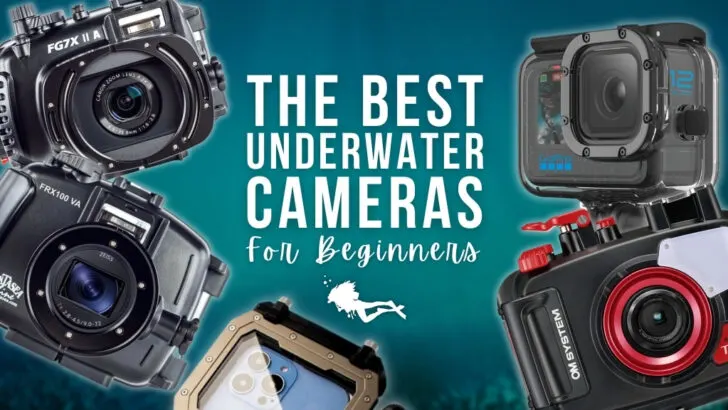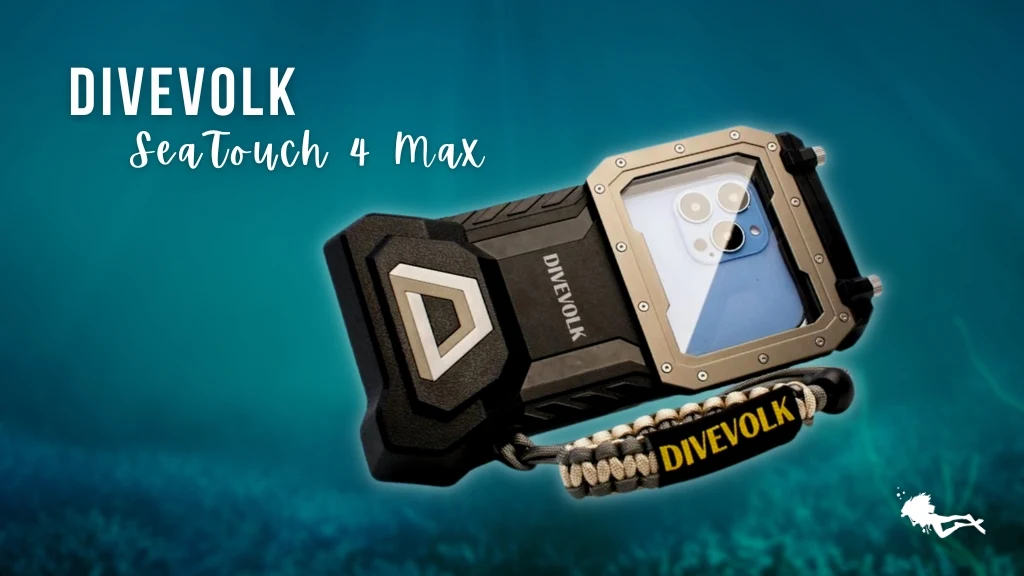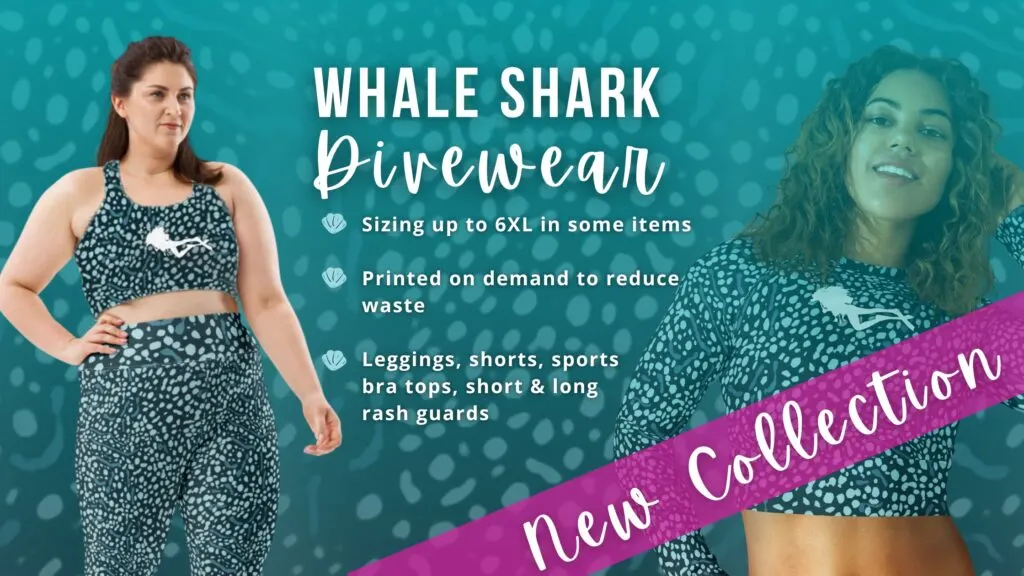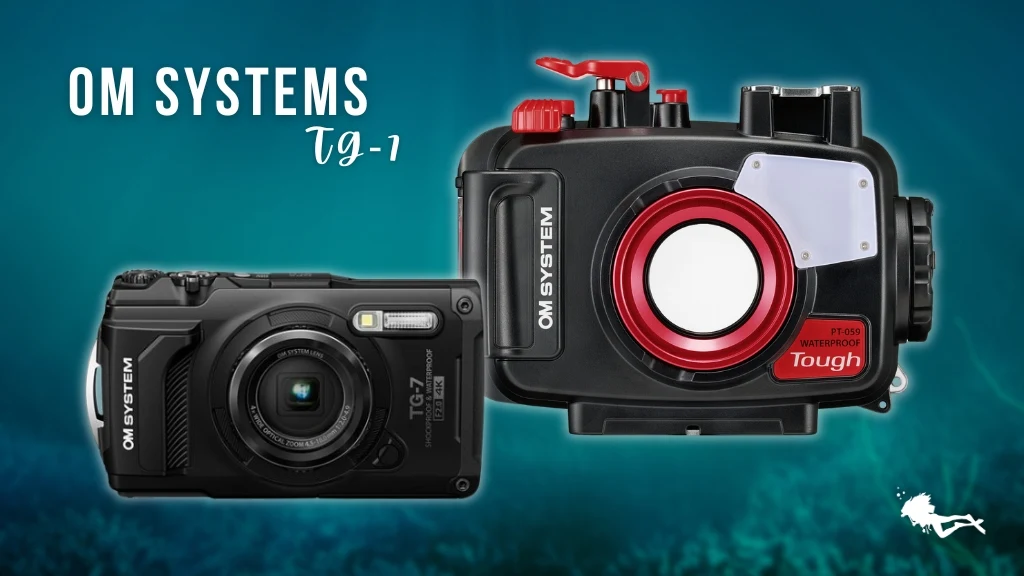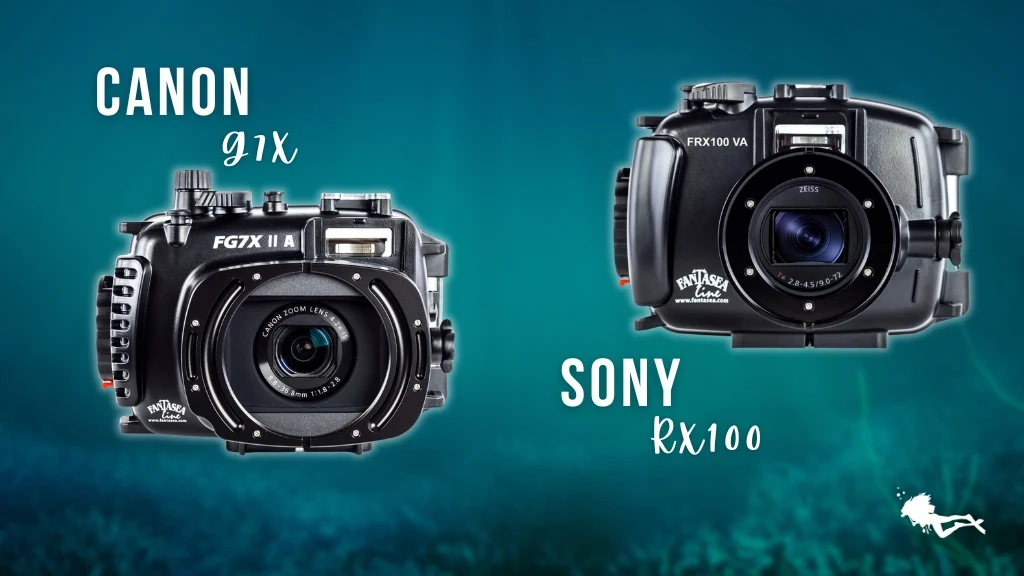When you start scuba diving, it won’t be long before you want to share your adventures with everyone around you. An underwater camera is the key to capturing the beauty of the underwater world, but which are the best underwater cameras for beginners?
We’ve partnered with our friends at Scuba.com to create the ultimate guide. We’ll help you figure out your needs, and direct you to the best underwater camera for you!
Are you ready for an underwater camera?
We get it – as soon as you take your first breath underwater, you want to show this magical environment to all of your family, friends, and any online followers. But are you actually ready to wield an underwater camera? Here are a few things to consider first.
Buoyancy
Getting your buoyancy under control is the most important factor for deciding when you’re ready for an underwater camera. This is for a number of reasons – your own dive safety, protecting the marine environment, and lastly (but least importantly), the quality of photos or videos you will produce. Better buoyancy will make you a safer diver, and will also mean that you can capture much better photos.
Situational Awareness
This goes hand in hand with having your buoyancy in check. Before you invest in a beginner underwater camera setup, you should have completed enough dives to have a good level of awareness of your surroundings underwater.
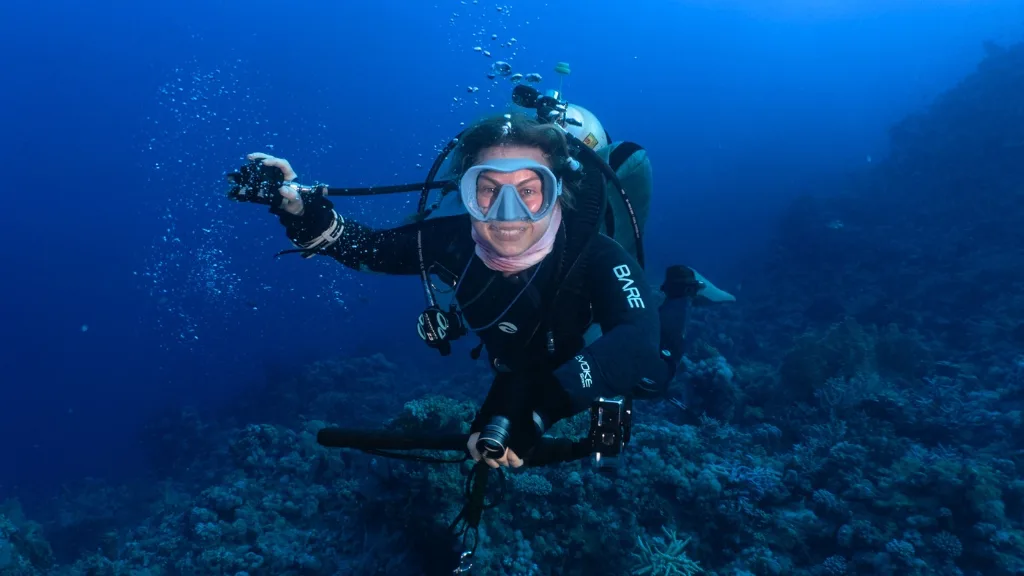
Carrying a camera underwater adds an element of task loading, which can be a lot for newer divers to handle. You need to be at a point in your diving where you’re already confident in your ability to keep an eye on your own dive parameters, such as your depth, no decompression limits, and gas consumption.
You also need a strong awareness of factors outside of yourself and your camera. Keeping an eye on your buddy and guide comes before paying attention to your camera. Having awareness of marine life, and being respectful in your interactions, means we can protect the underwater world. Again, taking better care of marine life also means you’ll create better images in the long run.
In short – your diving comes first, the camera comes second. If these points have you doubting your readiness, consider levelling up your skills first. Taking an advanced course, taking a buoyancy course, or just simply logging more dives, will contribute to this.
What do you want to gain from having a camera?
As well as assessing your readiness, figuring out why you want to take a camera underwater will be a huge help in choosing which camera is right for you. The best underwater camera for a beginner is the one which suits their goals.
So what do you want to achieve from taking a camera underwater? Perhaps you’re looking for a quick way to share snaps with family and friends or on social media. Are you wanting to mostly take photos, or videos, or a combination of both? Do you have any experience in photography on land? Are you looking to grow your skills as an underwater photographer or videographer?
Luckily for you, we have recommendations for all of these needs! Check them out below.
Best for Social Media Sharing
Instagram lover? TikTok creator? Or just wanting to share your snaps quickly and easily with a message to family and friends? We’ve got you – you need an underwater smartphone housing!
Underwater cases for smartphones are becoming increasingly popular, and they really can be the best underwater cameras for beginners. You can share your dives as soon as your surface interval starts, without the hassle of SD cards, cables, laptops, or bluetooth transfers.
We love the DIVEVOLK SeaTouch 4 Max. Unlike any other smartphone housing, the SeaTouch case allows you full access to your touch screen when in use underwater. This gives you the freedom to use whatever camera app you’d like to create your underwater images, as well as having access to all settings whilst on your dive.
The case will keep your device safe to a depth of 60m (197 feet), and is compatible with almost any smartphone. There are also accessory packs including filters, lights, and lenses to enhance your underwater images.
Best for Video
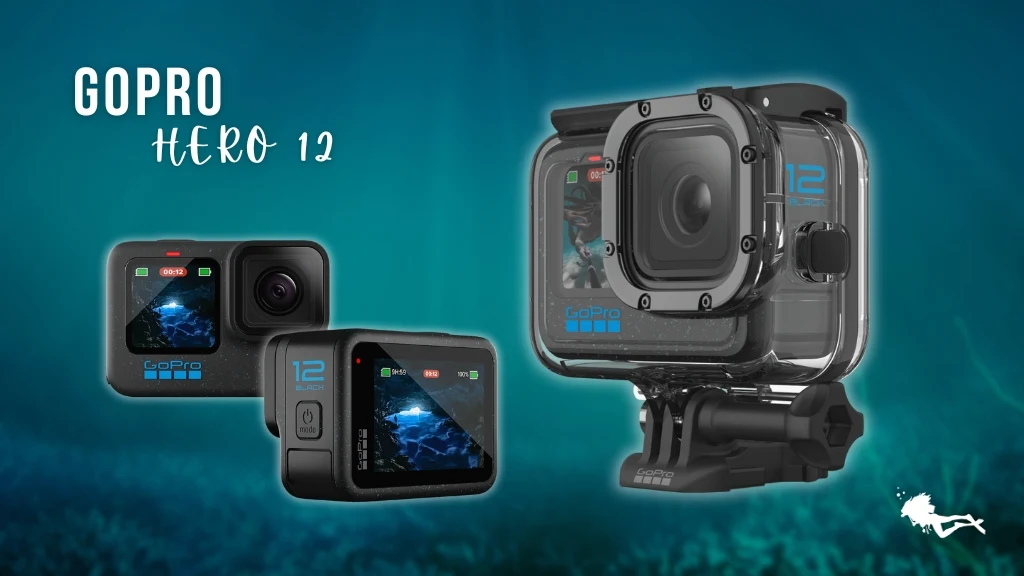
There’s a reason that GoPro cameras have dominated the adventure sports video world for so long. Their cameras are just that good. If you’re wanting to capture crisp, high quality video with little fuss, you’re in the right place.
These BCD-pocket sized action cameras truly pack in the features and quality. You can record video up to 5.3K, capture incredibly smooth slow motion, and rely on the inbuilt stabilisation to banish any shaky shark footage.
This one’s not for the macro lovers, though. GoPros are better suited for wide angle footage, which makes them ideal for dive destinations with bigger, pelagic life. If you’re all about the macro, wanting to film nudibranchs and crustaceans, this won’t be the one for you.
The GoPro HERO13 is waterproof to 10m (33 feet) without any housing, so can be used alone for snorkelling or shallow freediving. You’ll need to add a dive housing for most dives, however.
Perhaps the best benefit of a GoPro is the price – even the newest model, the GoPro HERO13, is affordable as far as underwater cameras go.
Best Point & Shoot
If you want a bit more photo power but the words “aperture, ISO, and shutter speed” still go over your head, a punchy point and shoot camera will be your new best friend. The OM Systems Tough TG-7 is an ideal starting point and one of the best underwater cameras for beginners.
The OM Systems (previously known as Olympus) TG-5 and TG-6 have been long-standing underwater camera favourites. With easy-to-use settings and inbuilt underwater modes, these cameras will allow you to snap great images and capture impressive video, without needing too much technical photography knowledge.
Whilst you can achieve great images straight out of the camera, you can also shoot in RAW enabling you greater freedom to edit your photos.
The “Tough” in the name refers to the camera body itself, boasting some impressive credentials. It’s waterproof down to 15m (49 feet) without the housing, making it another contender for snorkelling and shallow freediving, and it’s tough enough to withstand any other adventurous outdoor pursuits you might have. However, we’d strongly recommend investing in the housing to protect the camera from consistent pressure when diving.
With the ability to add a tray and lights to the housing, you will be able to grow with this camera to a certain point. However, you won’t be able to shoot fully manual. If you’re looking for an underwater camera which you can really develop your skills with over time, read on!
Best for Growing Your Skills
Perhaps you already know a bit about photography above land, or you know you want to be able to develop your underwater photography skills in future. A compact camera with the ability to shoot manually could be the option for you. Some popular options include the Canon G7X Mark II or Mark III, or the Sony RX100 range.
These are definitely more of an investment, both in terms of the camera itself and also purchasing the underwater housings. However, they will really enable you to get more creative as you learn more. It will take a lot longer to outgrow a setup like these!
Fantasea create underwater camera housings for a huge range of cameras, including for the Canon G7X Mark II and the G7X Mark III, and for the Sony RX100 range. Opting for a camera like this with a great housing gives you the flexibility to add accessories as your skills and needs develop.
What do you think are the best underwater cameras for beginners? If you’re building your camera setup, join the conversation in our Facebook group!
Disclaimer: This article is sponsored by Scuba.com, however all views are our own. Sponsorships help us develop the Girls that Scuba community and continually offer helpful and inspiring content.

